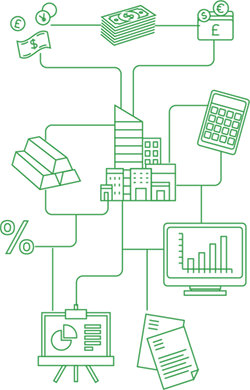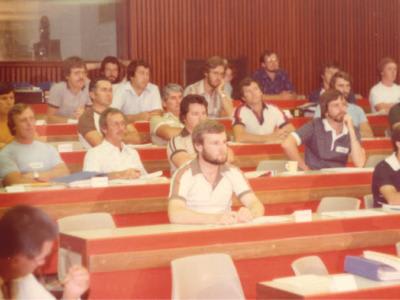How has your business faired throughout the COVID pandemic? Did you struggle during lockdowns, or were you able to continue delivering products and services – perhaps in innovative ways?
While it has certainly been a challenging time, the events of the past two years have shown us that the impossible can indeed become possible. Countless organisations were forced to completely overhaul traditional ways of working; leveraging new tools and ideas to maintain operations.
Technology became a key enabler, and the speed of adoption was nothing short of astonishing. Long-term digital transformation plans were condensed into mere months, with rapid shifts to remote working, virtual conferencing, online learning, and telehealth. Before the pandemic we might have said it couldn’t be done. Now we must wonder: what can’t be done?
As focus on the pandemic subsides, organisations are returning to business as usual. Though it appears to be more of a hybrid approach – one that seeks to combine the best of in-person and digital-enablement to find a more balanced way forward.
We’re also seeing business leaders be bolder in their exploration of emerging technologies such as automation, artificial intelligence (AI), and machine learning. It’s interesting to consider that, although they may seem brand new, the likes of automation and AI actually date back decades.
It has taken this long for these technologies to reach mainstream commercial application, which is not unlike what we saw unfold with the adoption of early computers. Although they were invented in the 1940s, they didn’t become commercially popular for another 30 years!
Looking back on RSM’s 100-year history, C.P. Bird & Associates (as RSM was known then) didn’t introduce computers until the 1970s. However, it was the 1980s that really paved the way for widespread technology adoption – and this also happens to be the same era that the firm experienced monumental growth.
NEW COMPUTER SYSTEMS AND NATIONAL EXPANSION
Although several computers were acquired by C.P. Bird & Associates in the early 1970s, it was the first mainframe computer in 1978 that really prompted a re-imagining of how staff completed their work. Processing of clients’ financial statements and income tax returns changed, as did internal accounting after a revolutionary payroll system was implemented in 1980.
It was a critical time for the firm, which had recently expanded beyond its home state of WA to open the first interstate office in Adelaide. As the number of offices and computers grew, regional offices were linked to metro office computers to maintain consistency in processes and systems (a critical factor for scaling business operations).
Excited by the potential, the firm’s leaders decided to invest in a convergent technology computer in 1987 – the first of such machines to be purchased in Australia. This was cutting edge at the time, but is now a mainstay of modern devices.
This commitment to early adoption would have certainly played a role in the firm’s national expansion throughout the 1980s. By the end of the decade, C.P. Bird & Associates had offices in South Australia, NSW, ACT, and Victoria – as well as 25 new partners and a new corporate identity. C.P. Bird & Associates was renamed to Bird Cameron, and the firm took its place on the national stage as one of Australia’s leading accounting and business advisory firms.
WHERE COULD TECHNOLOGY TAKE YOUR BUSINESS?
We’ve already seen the likes of cloud accounting software and enterprise resource planning (ERP) platforms create a dramatic shift in how small to medium enterprises manage their financial operations.
It’s easy to forget how time consuming it once was to manage manual records and paper-based invoicing! These systems alone have significantly altered the way people in accounting functions spend their time – allowing them to relinquish manual, repetitive tasks and focus instead on growth-oriented activities. The same can be said for new technologies being applied within marketing, sales, project management, HR, and more. 
If your business is looking to innovate or expand, explore the incredible technological options and applications that could help you achieve your strategic goals. You may find possibilities that you never could have imagined – just as we’ve seen unfold with so many businesses these past few years.
Join me next month as we remember the last decade before the turn of the century…the peaceful and prosperous 1990s.





